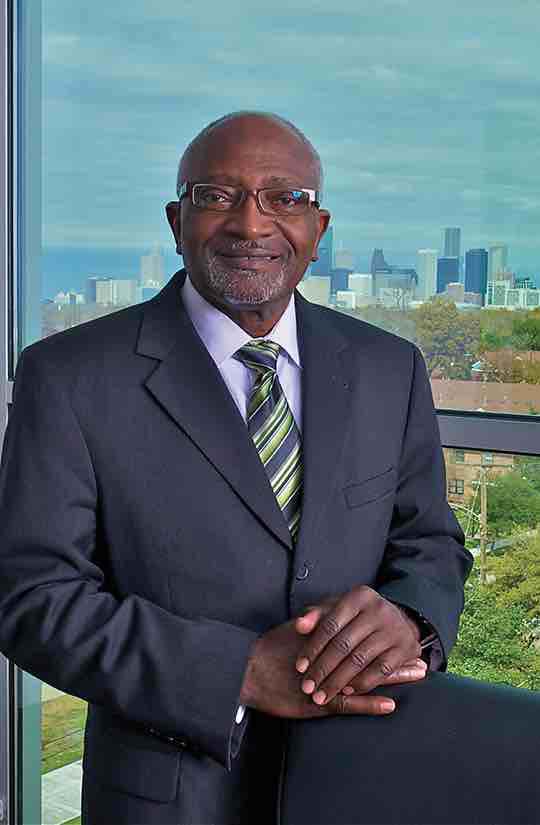by Heather Shayne Blakeslee
An activist and scholar since the 1960s, Dr. Robert Bullard is the author of 17 books, and he has helped bring environmental justice to the fore with his groundbreaking 1990 work, Dumping in Dixie. He traveled from his post as dean of public affairs at Texas Southern University to lecture at Temple University this spring. “We talk about the civil rights movement, human rights movement, environmental movement, climate movement… it’s just one movement,” he says. “We are talking about justice.”
How do you talk with people to navigate the difference between racism and institutional racism or environmental justice?
RB: In America, every institution in our society is impacted by racism… we have not erased racism from our psyche or from our society. To think that somehow it doesn’t play a big part is a bit naive. That’s what we have been doing … documenting those disproportionate impacts and adverse impacts of environmental policies and decision-making on people of color and poor people.
Ecoracism continues to be a pernicious problem, so why are poor neighborhoods and people of color still bearing the brunt of industrial development?
RB: Our society does not give the same value to all people’s health, to all people’s communities and all people’s children. When you devalue a whole entire population based on geography and based on race and ethnicity, that is basically an institutional infrastructure that will continue to allow the toxic dumping on poor people. Just because you are poor or aren’t employed doesn’t mean that you don’t have the right to breathe clean air and have your children play in a park that is not next to a refinery or coal plant, or a park built on top of a dump, or to have your neighborhood be fence lined with refineries and chemical plants … it’s about money and it’s about power.
How do we demand transparency and representation when decisions that affect public health are often made by private companies?
RB: The principles of environmental justice dictate… that people most affected should be in the room when decisions are being made, and that the most impacted need to be in the process early on and throughout the process. If we get information to the communities about the impact of a particular facility being cited, permitted or restarted, if they get that information early and in a user-friendly way, most cases, I would say that 99 percent of the time, people will make informed decisions and will arrive at what’s best for that community … Participation, civic engagement and participatory democracy—these are hallmarks of the American system. What we are saying is that these principles need to be applied to people who don’t have a lot of resources and people who are not wealthy… who just want to have a good life for their children and their communities.
Your latest book, The Wrong Complexion for Protection: How the Government Responds to Disaster and Endangers African American Communities, talks about not only how corporate interests are overshadowing public health and safety but also that our own government is carrying some of the blame for not protecting people.
RB: We looked at the way government has responded to natural disasters, to industrial accidents, to toxic contamination, to terrorist attacks, flooding… hurricanes, all of that. We looked at that in the [1920s] up to the BP spill. What we found is that the government has not responded equally, uniformly, in all cases when it comes to poor people and people of color. The response that was exhibited during Hurricane Katrina—people were outraged… were just shocked all the way around the world as to why the government took so long and why it was dilly dallying around while people were on rooftops, people didn’t have water or food, just stranded. People wondered, “Is this just isolated?” We went all the way back… and basically show that this is not abrupt behavior. The government has not responded equally to all communities … the environmental justice movement is asking, “Will the government response to climate change be fair?” What we’ve seen over the last 80 years is that there is nothing that says it will.
Does individual responsibility and consciousness play a role?
RB: I think it’s important that everyone understands that one person can make a difference … if you can get as much information as you can and share that information with someone else and if that one person can share with someone else—having a movement for justice can be contagious. That should be the goal: to make it contagious. To make the quest for justice contagious.
The Wrong Complexion for Protection: How the Government Responds to Disaster and Endangers African American Communities. Robert D. Bullard and Beverly Wright. NYU Press, 2012.





